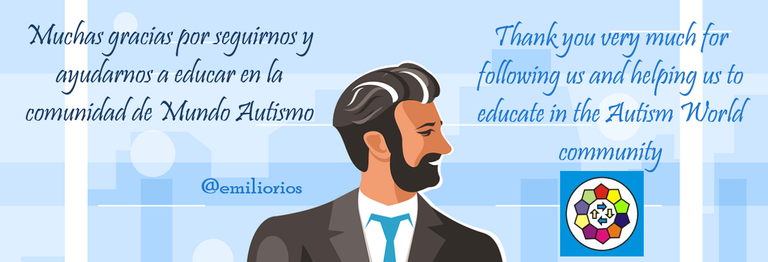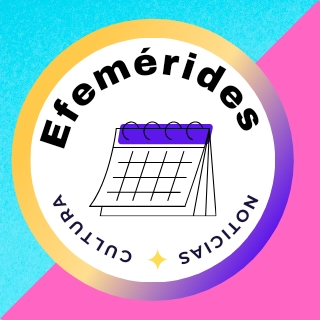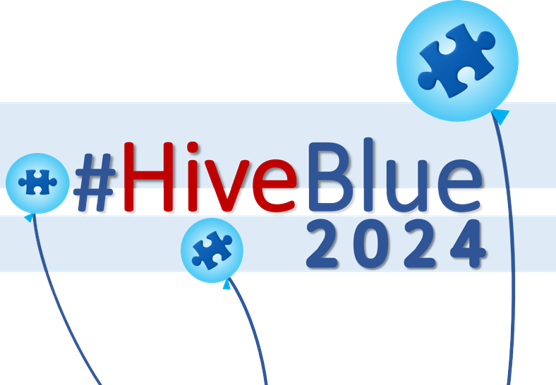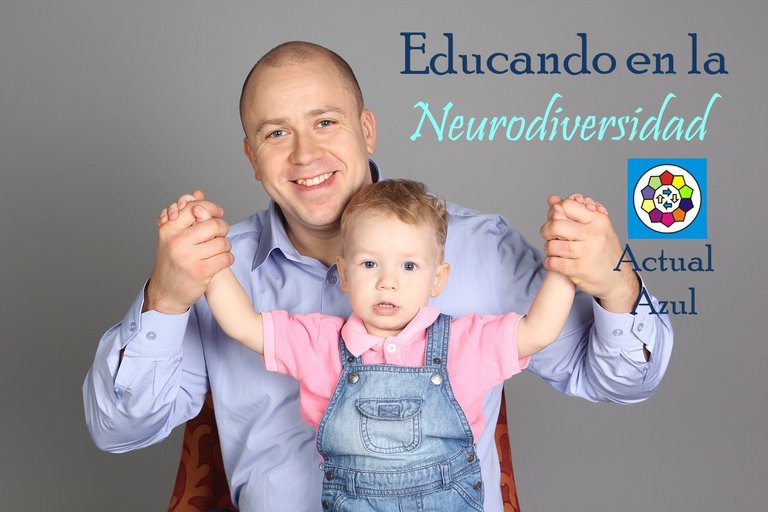

Parece ser que ya estamos comprendiendo que la neurodiversidad no es más que el reflejo de lo que hemos sido todos los seres humanos a lo largo de nuestra existencia:
Seres diversos, diferentes, con una forma de ser y de desarrollarnos completamente única para cada quien; así que, estamos abrazando etiquetas e individualidades aún, es cierto, pero ahora, contando con el conocimiento científico.
De las diferencias entre unos y otros hemos entendido que existe también la diferencia neurológica, por lo tanto, hay muchas formas de comunicarnos, algunas típicas y otras no.
¿Cuál es el problema entonces?
Creemos que es una falta de empatía entre los distintos grupos, que no permite la comprensión de las diferentes formas de comunicación, lo que se conoce como La Nueva Teoría de la Doble Empatía.

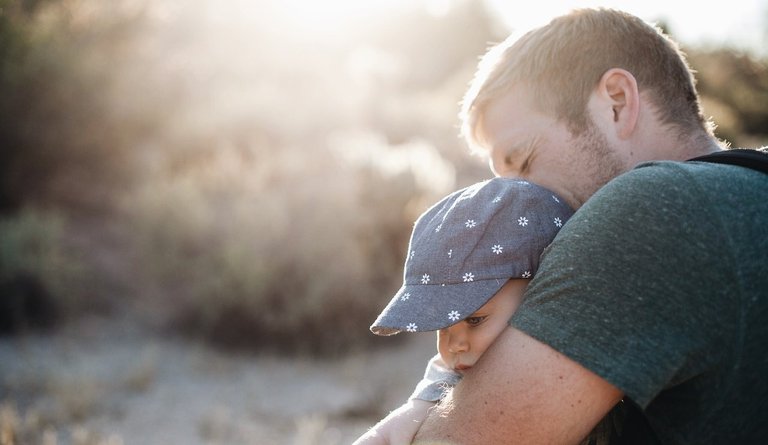
Abrazar la diversidad
En @mundo.autismo de #Hive, luchamos para que se comprenda que es hora de que superemos las etiquetas y los señalamientos, que participemos todos como sociedad en forma activa para mejorar la comunicación entre todos.
Así, desde la familia se deben adquirir herramientas y estrategias efectivas para que los niños, sea cual sea su funcionamiento cerebral, tengan activos a la hora de comunicarse, si así lo desean.
Hablaba con una madre de niño con Trastorno del Espectro Autista, y esta decía que su hijo sí se comunicaba y lo hacía a su manera, que el discurso común y corriente de un neurotípico no le interesaba lo suficiente, por eso se aislaba.
¿Es una forma de verse? Puede ser.
El asunto es que se está creyendo que las personas neuroatípicas no tienen la capacidad de comunicarse o no quieren hacerlo; y debemos entender que nos comunicamos en forma diferente, tengamos la tipicidad que tengamos.
De allí que toda la familia participe en educarse para entender cuáles son los signos y señales que necesita un ser humano para comunicarse, destruyendo normas, con enfoques positivos en cuanto al aprendizaje de la comunicación social y, que cada niño, no sea etiquetado sino tratado, dependiendo de sus diferencias.
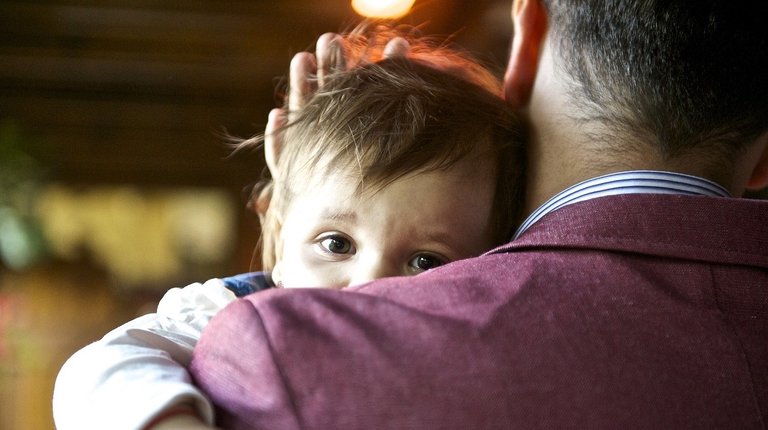
¿Qué es eso de la teoría de la doble empatía?
Se trata de investigaciones recientes que afirman que la empatía no es unidireccional, que se necesita que ambas partes hagan el esfuerzo para comunicarse mutuamente.
Si partimos de que las personas neuroatípicas tienen dificultades para la comunicación, esto significa que, no es que no quieran comunicarse, es que existen reacciones negativas al lenguaje corporal, expresiones faciales, a las tonalidades de la voz, al contacto visual, que impiden crear conexiones que tengan significado.
El problema es que se le está dejando todo a la situación neurológica, como la barrera que imposibilita las relaciones interpersonales y, se cree que es la falta de reconocimiento y de comprensión lo que hace que no podamos ser empáticos.
En otras palabras, no estamos abiertos a entender las diferencias de los otros.
Desde que salió a la luz la palabra autismo, la gente ha descrito y detallado las situaciones por las apariencias y no por las sensaciones que ellos viven desde dentro.
Es decir, que hay intereses y comportamientos restrictivos; que, por cierto, me gustaría que conocieras en este artículo del Doctor Damián Milton, publicado en el 2018 en autism.org.uk, donde se habla de la teoría de la doble empatía y de otras investigaciones recientes sobre esto.
El problema para que no nos entendamos, es que hay una ruptura entre la reciprocidad del neuroatípico con el neurotípico.
Es como cuando no compartimos la misma lengua, la interacción, definitivamente, no se da.
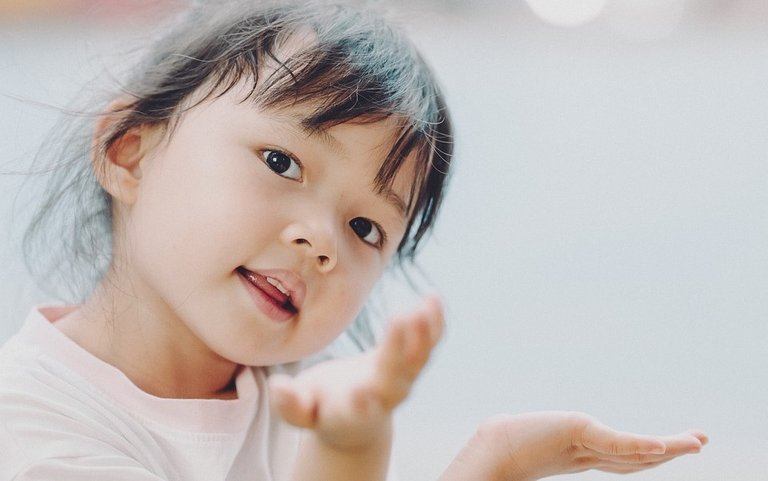
¿Qué es lo que pasa en realidad?
Que al poner en práctica esta teoría nos obliga a los padres a intentar esforzarnos por ser comprendidos por nuestros hijos que presentan TEA, por ejemplo, creando, mediante la educación, la capacidad de que se nos conozca.
Hay que intervenir en la educación y los servicios, para desarrollar empatía entre ambos grupos; y viéndolo de esta manera, dejamos de señalar a la neurotipia o a la neurodiferencia, como la causante de la falta de interrelación social.
No nos interrelacionamos porque no hay empatía entre ambos grupos, porque no nos conocemos y no nos vemos como iguales.
No nos vemos como seres humanos con diferencias para entender el mundo y a las señales a través de las cuales nos comunicamos.
El asunto es que la educación hacia los hijos es básica, que es posible enseñarles que existen formas diferentes de experimentar el mundo.
Que todos los intentos por reducir los síntomas autistas, que generalmente provocan malestar y crisis, cesarán, tomándose estos como una forma propia de ser.
Y se le pueden dar las herramientas para conectarse con sus pares y con los que son diferentes, como factor educacional en todo el mundo.

Nuestra empatía y cómo debe ser el proceso educativo
Educar a los niños es prácticamente un patrón que debemos seguir, y que en el mundo moderno se está dejando a un lado en muchos aspectos.
Estamos ignorando el hecho de que los niños entienden más de lo que nosotros creemos a cualquier edad y de la forma en que sea su tipología cerebral.
Olvidamos que ellos aprenden viendo más que escuchando; que es normal que haya que imponerles límites y disciplina, así como, dejarlos que sufran de aburrimiento, porque ellos deben gestionar sus habilidades y su tiempo.
Debemos entender que nuestros hijos no son nuestros amigos, que ese no es el rol de la familia, pues es el núcleo que le acompaña, protege, enseña y le impone límites para guiarlo en la vida.
Y por último, que el desarrollo neurológico siempre ha sido un proceso, por eso es que ellos son ambidiestros hasta determinada edad, tienen más cantidad de papilas gustativas que un adulto, por lo que son más selectivos en la alimentación, pero también se pueden enseñar con más facilidad.
Los términos de neurodiversidad se crearon para combatir el estigma y promover la aceptación de todos, pero siempre han existido las personas que antes llamábamos retraídas, ensimismadas o simplemente diferentes.


No one is equal to another! Did you know the Theory of Double Empathy? -Reflections in Actual Blue-
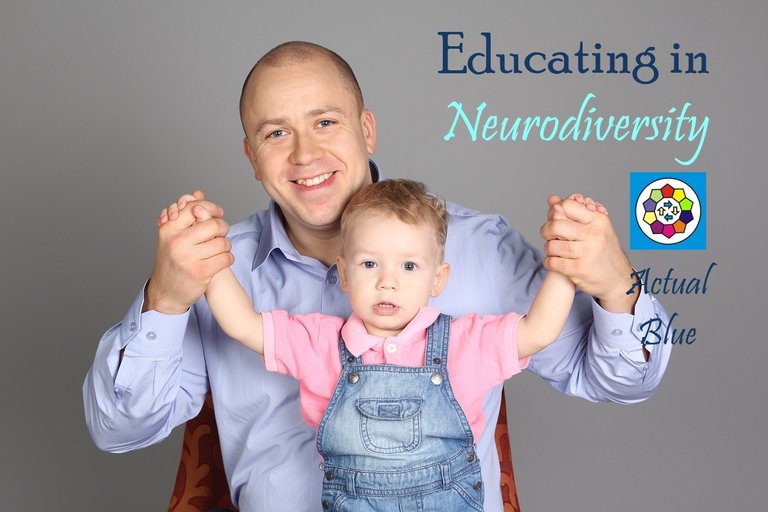

It seems that we are already understanding that neurodiversity is nothing more than the reflection of what we have been all human beings throughout our existence:
Diverse beings, different, with a way of being and developing completely unique for each one of us; so, we are embracing labels and individualities still, it is true, but now, counting on scientific knowledge.
From the differences between one and the other we have understood that there is also the neurological difference, therefore, there are many ways to communicate, some typical and some not.
What is the problem then?
We believe that it is a lack of empathy between the different groups, which does not allow the understanding of the different forms of communication, which is known as The New Theory of Double Empathy.


Embracing diversity
At #Hive's @mundo.autismo, we fight for the realization that it's time we move beyond labels and finger-pointing, that we all participate as a society in an active way to improve communication among all.
Thus, the family must acquire effective tools and strategies so that children, regardless of their brain function, have assets when it comes to communicating, if they wish to do so.
I was talking to a mother of a child with Autism Spectrum Disorder, and she said that her son did communicate and did it in his own way, that the ordinary speech of a neurotypical child did not interest him enough, and that is why he isolated himself.
Is it a way of seeing himself? Maybe.
The point is that it is being believed that neuroatypical people do not have the capacity to communicate or do not want to do so; and we must understand that we communicate differently, no matter how typical we are.
Hence, the whole family should participate in educating themselves to understand what are the signs and signals that a human being needs to communicate, destroying norms, with positive approaches to learning social communication and that each child is not labeled but treated, depending on their differences.

What is this double empathy theory?
This is recent research that states that empathy is not unidirectional, that both parties need to make the effort to communicate with each other.
If we assume that neuroatypical people have difficulty communicating, this means that it is not that they do not want to communicate, it is that there are negative reactions to body language, facial expressions, voice tonalities, eye contact, which prevent the creation of meaningful connections.
The problem is that everything is being left to the neurological situation, as the barrier that makes interpersonal relationships impossible, and it is believed that it is the lack of recognition and understanding that makes us unable to be empathetic.
In other words, we are not open to understanding the differences of others.
Since the word autism came to light, people have described and detailed situations by appearances and not by the sensations they experience from within.
That is, there are restrictive interests and behaviors; which, by the way, I would like you to know in this article by Dr. Damien Milton, published in 2018 in autism.org.uk, where he talks about the theory of double empathy and other recent research on this.
The problem so that we do not understand each other, is that there is a break between the reciprocity of the neuroatypical with the neurotypical.
It is like when we do not share the same language, the interaction definitely does not happen.

What actually happens?
That by putting this theory into practice, it forces us parents to try to make an effort to be understood by our children with ASD, for example, by creating, through education, the capacity to be known.
We must intervene in education and services to develop empathy between both groups; and looking at it this way, we stop pointing to neurotypia or neurodifference as the cause of the lack of social interrelation.
We do not interrelate because there is no empathy between both groups, because we do not know each other and we do not see each other as equals.
We do not see each other as human beings with differences in understanding the world and the signals through which we communicate.
The point is that education towards children is basic, that it is possible to teach them that there are different ways of experiencing the world.
That all attempts to reduce autistic symptoms, which generally provoke discomfort and crises, will cease, taking them as a way of being.
And they can be given the tools to connect with their peers and those who are different, as an educational factor throughout the world.

Our empathy and what the educational process should be like
Educating children is practically a pattern that we must follow, and that in the modern world is being left aside in many aspects.
We are ignoring the fact that children understand more than we think they do at any age and in whatever way their brain typology is.
We forget that they learn by seeing more than by listening; that it is normal to impose limits and discipline, as well as to let them suffer from boredom, because they must manage their abilities and their time.
We must understand that our children are not our friends, that this is not the role of the family, since it is the nucleus that accompanies, protects, teaches and imposes limits to guide them in life.
And finally, that neurological development has always been a process, that is why they are ambidextrous until a certain age, they have more taste buds than an adult, so they are more selective in eating, but they can also be taught more easily.
Neurodiversity terms were created to combat stigma and promote acceptance of everyone, but there have always been those people we used to call withdrawn, self-absorbed or just different.

Emilio Ríos – Venezuela
@emiliorios


Barras separadoras y logo de English, editadas en Paint, de:
Separator bars and English logo edited in Paint, from:
Pixabay-SaphiraWilliamsCintillo personalizado de @emiliorios con el logo de #Hive, realizado por la excelente creadora @mosa71
Custom @emiliorios headband with the #Hive logo, made by the excellent creator @mosa71Nuevo logo de Twitter tomado de la plataforma de la red social.
New Twitter logo taken from the social network platform.Imagen de agradecimiento, tomando el logo de nuestra comunidad y editada en Paint, de:
Thank you image, taking our community logo and edited in Paint, by:
Pixabay-Freevectorsnet
- Si lo deseas, puedes seguirnos en:
If you wish, you can follow us at:


